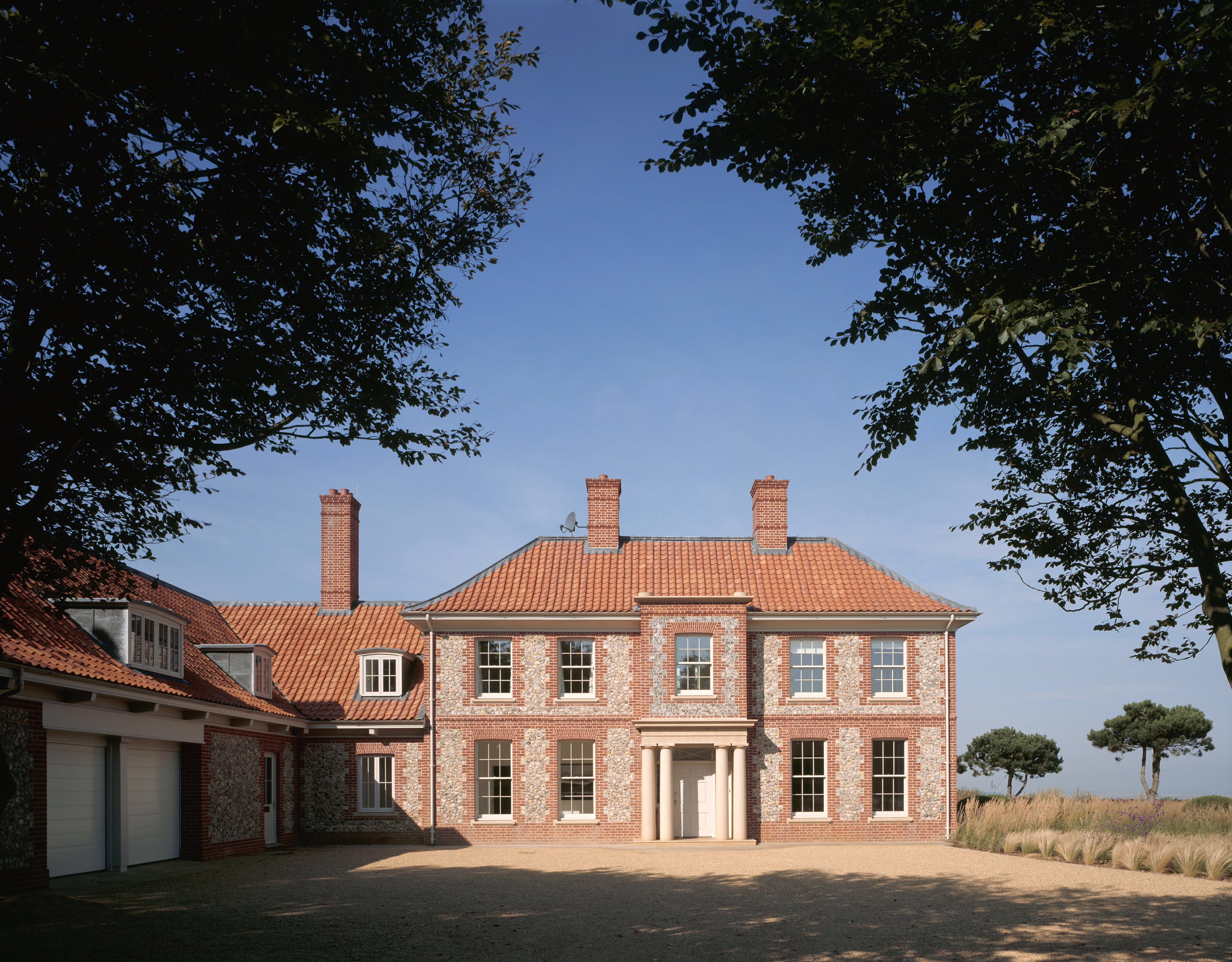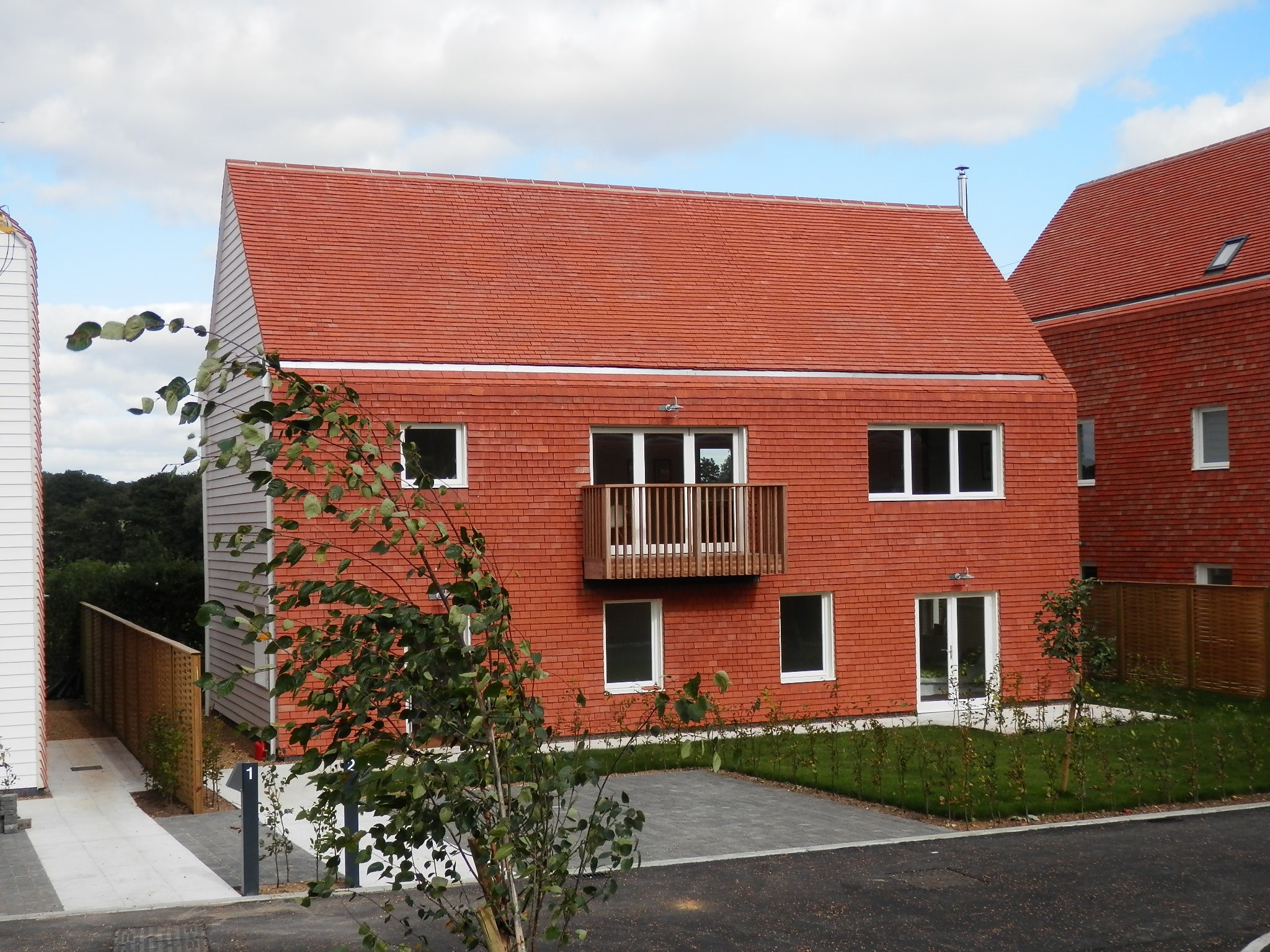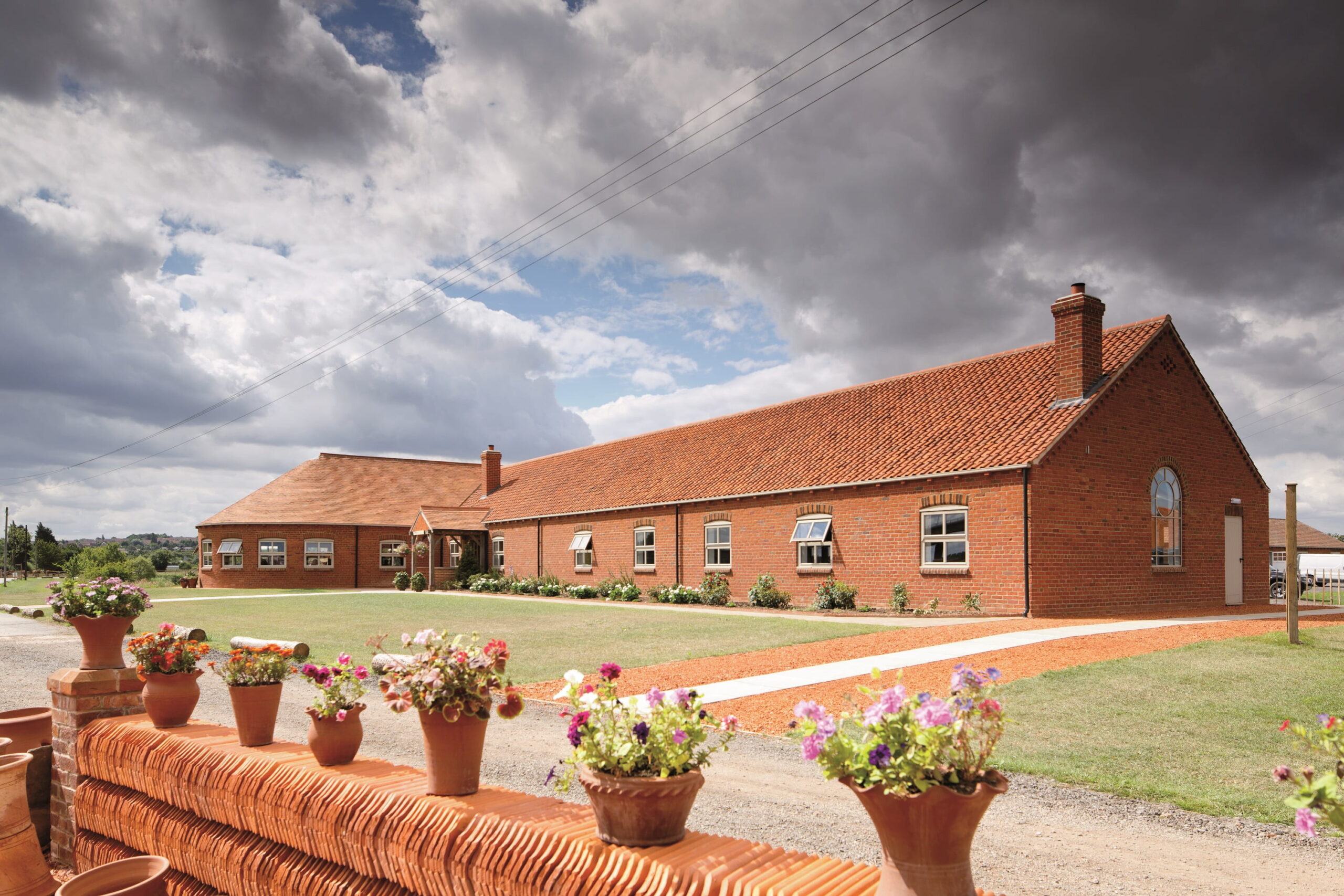Celtic Tiles
Authentic Heritage for Conservation Roofing
At William Blyth, we are proud to be the only remaining British manufacturer producing handmade Celtic Tiles—a historically significant roof tile style dating back to the 1850s.
With their distinctive flat pan and subtle single roll, Celtic Tiles are ideal for conservation areas, listed building restorations, and heritage-led developments.
Crafted using traditional techniques and fired in our century-old coal-fired kilns, each tile carries the natural beauty and authenticity expected of historic roofing materials.
Handmade for Character and Performance
Every Celtic Tile is shaped by hand using our own reserves of Humber alluvial clay. This process, combined with traditional firing, produces rich, natural colour variations that evolve beautifully over time. The tile’s flatter pan and modest roll offer a more understated appearance than other profiles, making it particularly well suited for projects requiring a softer silhouette or region-specific detailing.
Whether you’re specifying roofing tiles for a listed property, or sourcing materials that meet conservation planning standards, Celtic Tiles provide heritage performance you can trust.
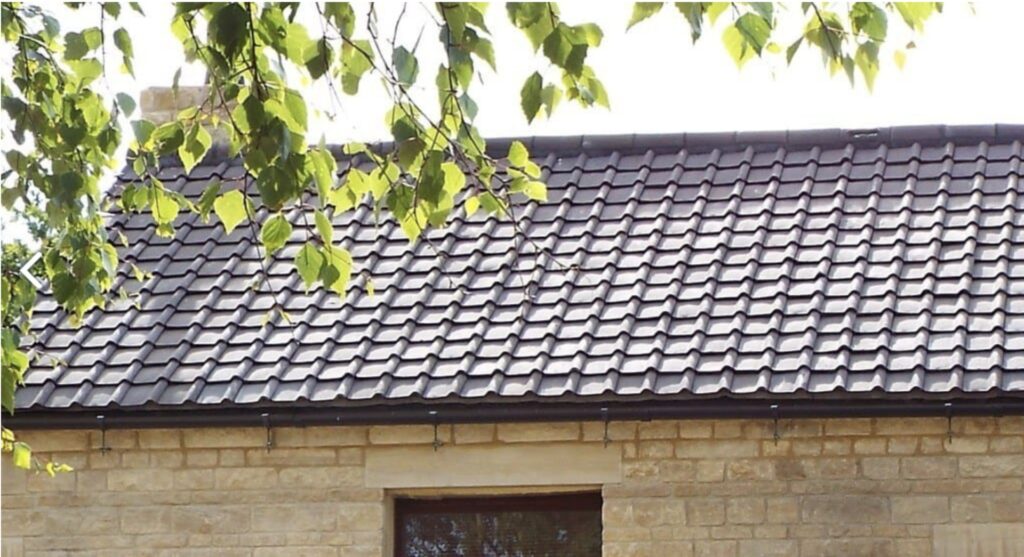
Available in Four Timeless Finishes
Our handmade Celtic Tiles are available in the same four classic colourways as our Barco Pantiles, allowing seamless blending across mixed-use sites or adjacent properties.
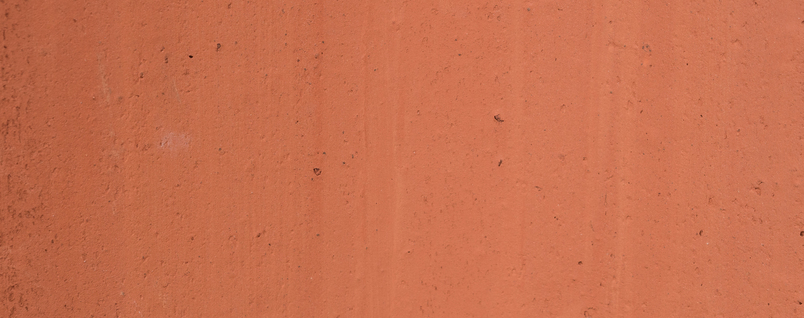
Natural Red – Warm terracotta tones, ideal for traditional or contemporary builds.
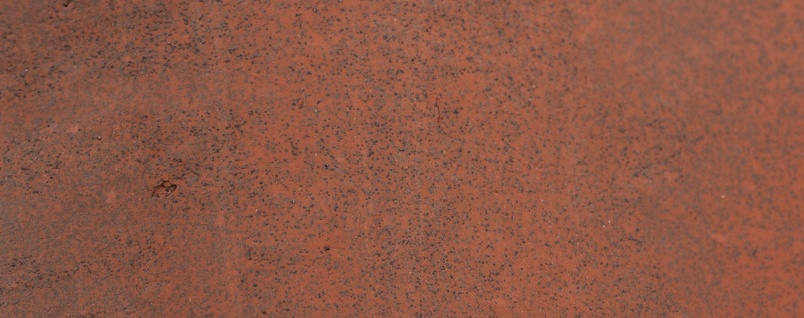
Weathered – Aged finish for instant character and a timeworn appearance.
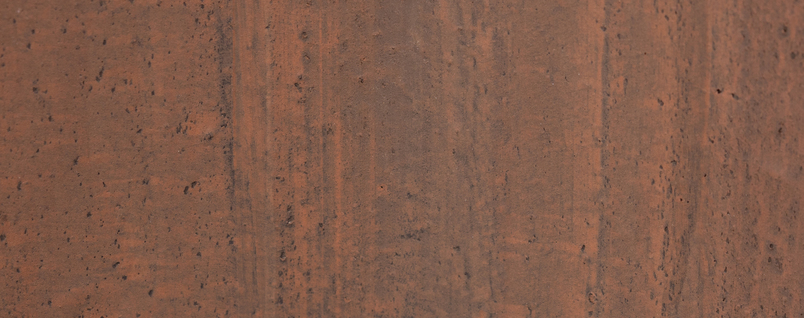
Light Antique – Subtle mid-tones, suited to soft-hued brick or stonework.
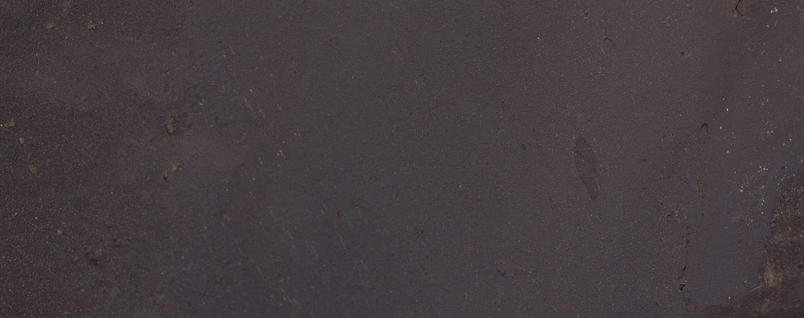
Dark Earth – Rich, deeper shades that enhance roof contrast and maturity.
Due to the handmade nature of each batch, colour and surface variations are part of the tile’s charm and authenticity. We recommend drawing tiles from multiple packs to achieve a consistent blend.
Technical Specifications
| Item | Measurement |
|---|---|
| Minimum Roof Pitch | 30⁰ |
| Size of Tile | 343mm x 241mm |
| Batten Spacing | 257mm – 267mm |
| Cover Capacity per m² | 17.5 |
| Weight per Cover (kg) | 38.5 |
| Weight per Tile (kg) | 2.2 |
| Weight per Pallet (kg) | 1,200 |
| Quantity per Pallet | 540 |
*Handmade clay tiles are subject to small variations in size because of the drying and firing shrinkage within the manufacturing process. Before deciding on the batten gauge and linear coverage, the roof tiler should inspect each batch of tiles to ensure that the correct minimum head lap and side lap are achieved. Unless otherwise stated, specification and fixing guide is based on the tiles laid at minimum head lap. Tiles should be drawn from three or more packs concurrently to ensure consistency of blend.
Why Choose Celtic Tiles from William Blyth?
Only UK manufacturer still making Celtic Tiles by hand
Trusted for listed and conservation buildings
Made using natural British clay from the Humber
Traditional firing methods for rich, authentic colour
Available in heritage-matched colourways
Request A Sample
You can request roof tile samples or download our product certification and documentation for technical peace of mind. We’re always happy to advise on colour matching, conservation requirements, or batch consistency.
Frequently Asked Questions
Are Celtic Tiles suitable for listed buildings?
Yes. Their understated profile and historical accuracy make them ideal for use on listed properties and in designated conservation areas.
Can I match Celtic Tiles with other William Blyth products?
Absolutely. Celtic Tiles are produced in the same four colours as our ‘Barco’ Old English Pantiles, allowing seamless transitions or extensions where needed.
How many Celtic Tiles will I need per square metre?
You’ll require approximately 17.5 Celtic Tiles per m². However, we recommend confirming this with your roofer based on your project’s specific pitch and layout.
Can I order a roof tile sample?
Yes, we encourage it. Seeing and feeling the handmade texture and colour variation in person helps with confident specification. Request a roof tile sample here.
What makes Celtic Tiles different from other traditional roof tiles?
The flat pan with a gentle single roll sets Celtic Tiles apart, offering a more subtle heritage profile compared to deeper pantiles or plain tiles. They were historically favoured in areas where a lower-profile roofline was desired.
Case Studies
-
This replacement dwelling was to replace a previous building from the 1960’s that was demolished on this spectacular plot overlooking…
-
This rural development situated in a quiet, tucked away location consist of just four exceptional properties. Recently winning the RICS…
-
The Old Tile Works Restaurant was roofed using Natural Red Plain Tiles and Old English Barco Pantiles in both Light…
Get in Touch
Need technical advice, conservation documentation or help planning your project? Our team is here to help.
